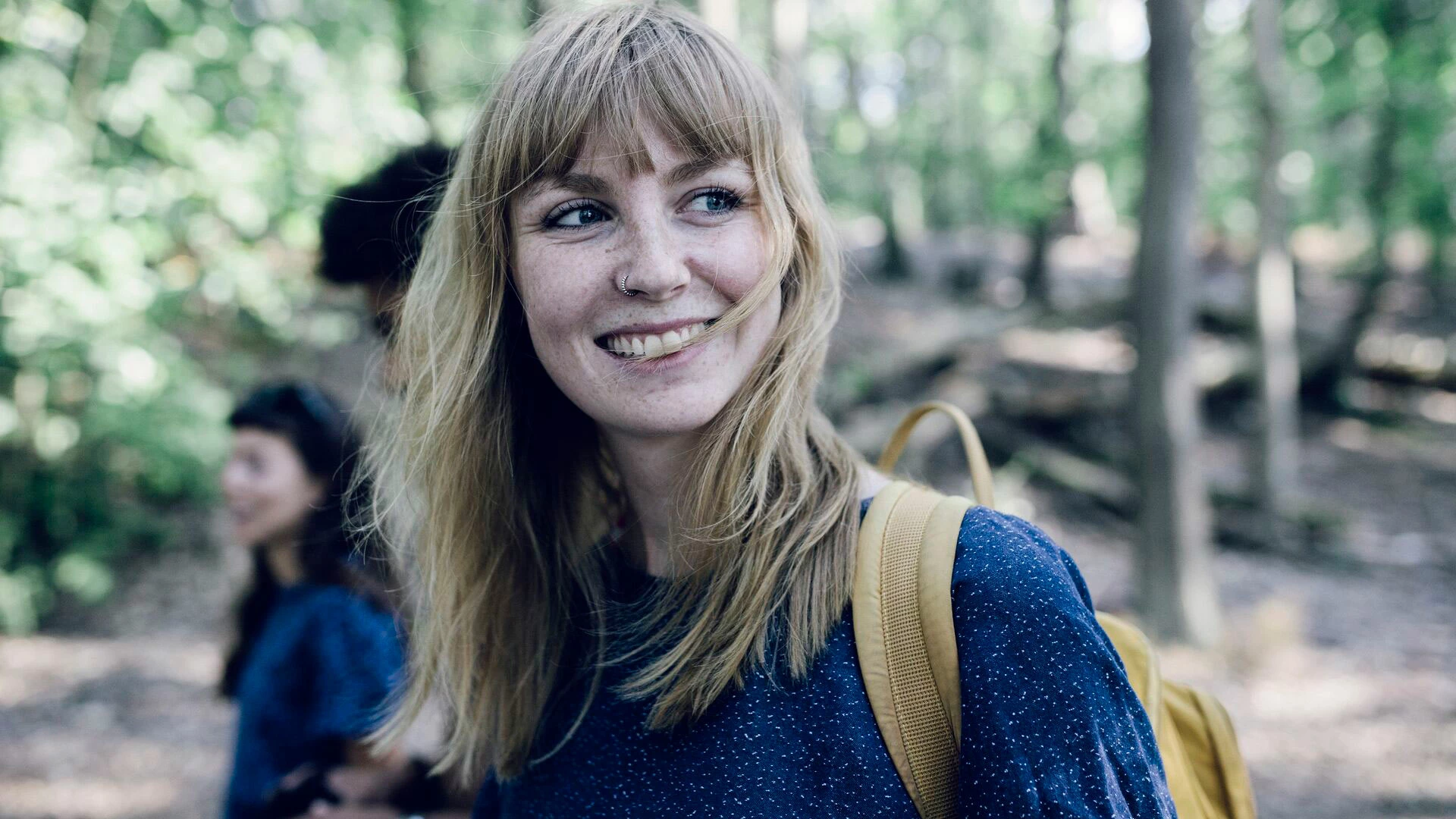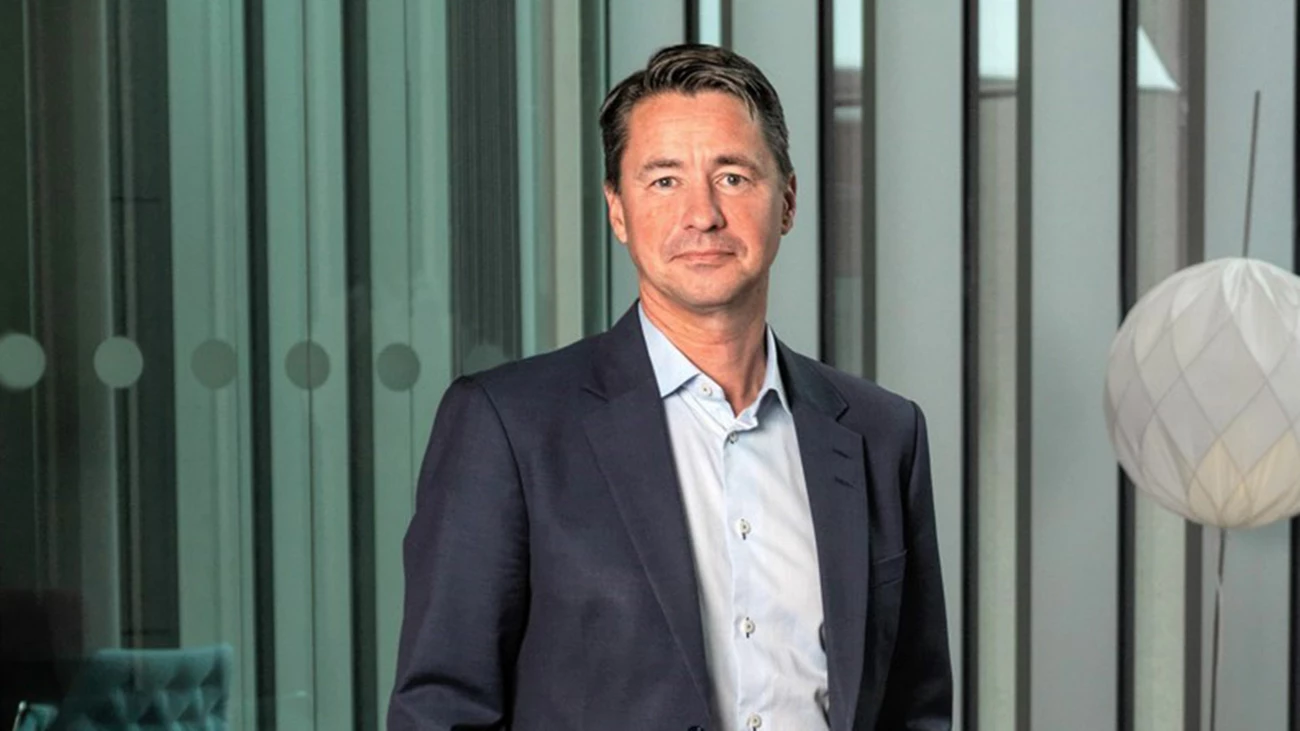Big differences in fund saving patterns in the Nordics
Despite similar high average earnings, there are significant differences in savings behaviour between the Nordic countries. In Finland, a common method of increasing your wealth involves amortisation of home loans. In Sweden however, 76% of the population choose to invest in funds. In comparison, around half of Norwegians, a third of Finns, and only 19 percent of Danes hold funds privately.
“This data reflects the fact that Sweden has had a clear political incentive going way back to the eighties to subsidise savings, to help the Swedes invest more. It´s also interesting to see that Danes, who have the largest average fortune, don´t seem to put more of their money into funds”, says Johan Nystedt.
Young people save too little
Focusing on young people, data shows that this age group save, on average, much less than other groups and begin to save in funds too late in life. The advice from Johan Nystedt is to invest even the smallest amount and start saving each month early on in life. The so- called compound interest can make your savings grow exponentially over time.
“If you can afford it, you should definitely prioritise achieving your saving targets. It doesn’t have to be that difficult. It´s better to save a little on a regular basis than not to save anything at all”.
According to Statistics Denmark, only around 20 per cent of Danes aged between 18 and 49 invested in financial products as of 2022. The numbers are almost the same for Finland according to data from Nordea Personal Banking in Finland. The data shows that among the younger age groups 18 per cent choose to save in investment products.
Although Sweden and Norway have higher numbers, younger people in both countries still save in funds to a lesser extent than older people. According to our own fund database, roughly one third of young Swedes (aged between18 and 33) don´t save at all and a majority of Nordea customers below 40 years primarily hold their savings in cash.
“Starting a healthy savings behaviour early in life can be crucial to ensuring a comfortable retirement”, says Johan Nystedt.
*Iceland is not included in this review.




